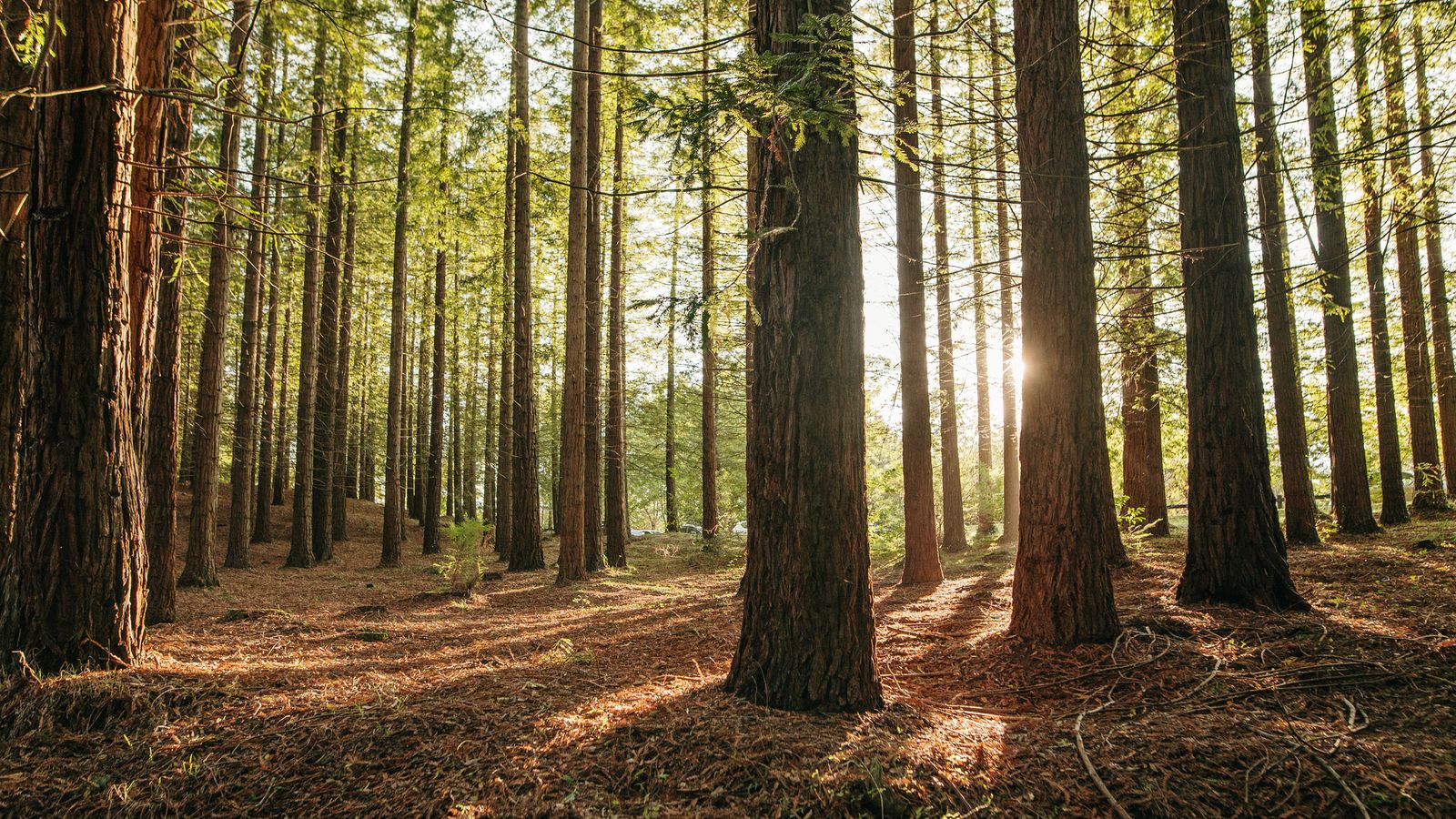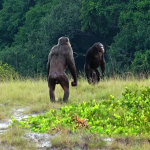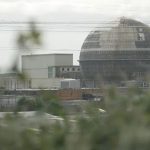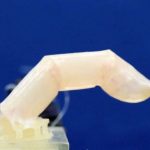In a dust-free cleanroom in Stevenage, the European Space Agency’s BIOMASS satellite is finally taking shape.
And as science missions go, it’s a big one. The spacecraft is several metres high and weighs more than a tonne.
It has to, in order to accommodate a 12-metre radar dish that folds up like an umbrella along its side for launch, unfurling once it’s in orbit at the end of next year.
“It really will be quite a sight I think to behold,” says engineer Vicki Lonnon at Airbus Defence and Space.
“You can’t really simulate what it’s going to be like in space fully, on the ground, so it’s all essentially modelling at this stage, so (it) will be quite exciting to see that happen.”
The engineering team are testing the release and unfolding mechanism again and again because the dish’s collapsible antenna is crucial to its mission: to see, from the cold emptiness of space, the humid woody depths of Earth’s forests in a completely new way.
BIOMASS is the first satellite to take a technology called P-band radar into space. It’s a radar with a long wavelength – 70cm – and while it requires a big, cumbersome antenna, it will reveal things scientists have never been able to see from space before: the wood from the trees.
“If you looked at a forest with this wavelength, the leaves and little branches would be totally invisible,” says the project’s lead scientist, Professor Shaun Quegan, of the University of Sheffield.
“It would just look like the framework of a tree. And that’s where the biomass is.”
And it’s measuring that biomass, especially as we face a climate crisis, that’s so crucial for scientists.
Forests are fundamental to global warming. Through photosynthesis, they absorb and lock away about a third of the carbon we pump into the atmosphere in biomass. And most of that biomass is in the thickest branches and trunks of trees.
But they’re exactly the bits of trees that have so far proved very hard to measure from space. So knowing how much carbon the world’s forests actually contain is based largely on guesswork, extrapolated from a few detailed studies of trees in small patches of forest.
Dense, tropical forests, are particularly poorly understood.
“I’ve measured tens of thousands of trees across the tropics, in the Amazon, in the Congo basin, but there are only so many trees you can measure by hand,” says Professor Simon Lewis at University College London. “But what this satellite can do is tell us what’s happening over enormous areas.”
And knowing how much carbon there is in forests is crucial – as we continue to cut or burn them down.
“We know that we’re in this climate emergency – and we’ve got to get emissions right down, really rapidly,” says Prof Lewis.
“One of the key uncertainties is how much carbon is going into the atmosphere from deforestation and from exactly where.”
The ability to measure that from space could help scientists calculate the impacts of deforestation on climate change far more accurately.
But the BIOMASS satellite could also help with “carbon accounting” which is crucial to the international negotiations on limiting climate change, by providing an impartial assessment of how much carbon different countries’ forests store.
It is an important inventory to support countries in protecting their forests, and for holding them to account on pledges to prevent the logging or burning of these valuable stores of planet-warming carbon.






















